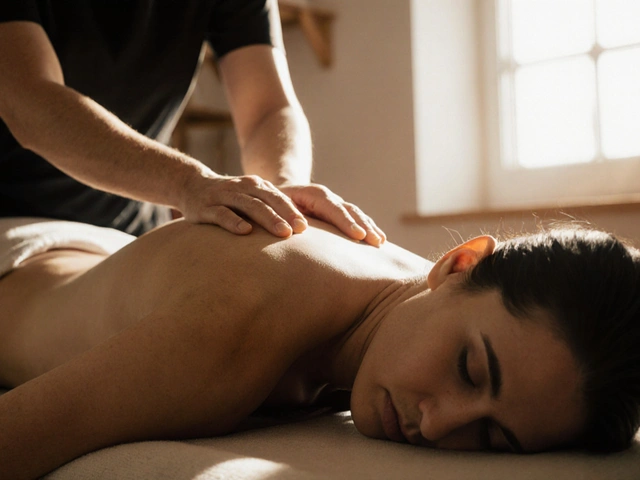African Traditional Weapons: What They Are and Why They Matter
African traditional weapons are more than tools of war. They carry stories, social roles, and craftsmanship. From a Zulu iklwa to a Maasai spear, these objects tell who made them, how they were used, and why a community valued them. Want to recognize one when you see it? Start with function: cutting, thrusting, throwing, or clubbing often shapes the design.
Common types and what they say
Spears and javelins — Think assegai or Maasai spears: long, often leaf-shaped blades for thrusting or throwing. They were practical for hunting and defense, but also had status attached when decorated. The Zulu iklwa is shorter and built for close fighting, showing how tactics shape tools.
Swords and curved blades — In places like Ethiopia, the shotel is a curved sword used for slashing. In the Sahel, local sabers and short blades have distinct profiles tied to equestrian warfare and local fighting styles. Look for blade curvature, fuller lines, and hilt shapes to identify region and use.
Clubs and sticks — The knobkerrie (a wooden club with a rounded head) is common in southern Africa. These items often served as symbols of authority and were used in ceremonies as well as fights. Wood type, carvings, and wear patterns tell you if an item was everyday or ceremonial.
Throwing knives and unique forms — Some West and Central African groups made multi-edged throwing knives with artistic shapes. These are easy to spot but harder to date; blade style and patina help indicate age and origin.
Collecting, care, and respect
Thinking of collecting? First question: is it legal and ethical to buy this piece? Many countries protect cultural heritage, and reputable dealers provide provenance paperwork. Ask where it came from, how it left the country, and whether local law allows the sale. If provenance is vague, walk away.
How to spot authenticity: real age shows in wear — natural patina on metal, worm tracks or darkening on wood, and old repairs. Machine-tool marks, uniform modern screws, or perfectly even finishes usually signal recent reproduction. Photos from different angles help a lot when buying online.
Basic care tips: keep wood and leather away from direct sunlight and extreme humidity. Wipe metal gently with a soft cloth; avoid harsh polishing that removes historical patina. For wooden shafts, a light coat of dry wax or stable oil can prevent cracking. If an item needs major restoration, consult a conservator, not a hobbyist.
Where to learn more: visit regional museums, talk to curators, and read focused catalogues. Seeing objects in person makes spotting details easier. And remember: these items belong to living cultures. Treat them with curiosity and respect, not just as decoration.
Want a quick ID trick? Note the balance point — spears built for throwing balance differently from stabbing spears. Keep observing, ask questions, and don’t rush a purchase. The best pieces are those with clear stories and honest provenance.

The Impact of Rungu in African Culture
Hi there! In this post, we will delve into the fascinating subject of the Rungu and its significant impact on African culture. From its function as a traditional weapon to its symbolic status within societal structures, the Rungu holds immense historical and cultural value. We'll discuss its influences on various African tribes and its multifaceted roles within these communities. So come along with me, let's explore the layers of history and tradition woven around this intriguing part of African culture.
Categories
- Health and Wellness (148)
- Alternative Therapies (86)
- Massage Therapy (40)
- Travel and Culture (15)
- Beauty and Skincare (9)
- Holistic Health (8)
- Health and Fitness (5)
- Spirituality (5)
- Other (2)
- Personal Development (2)
Popular Articles



